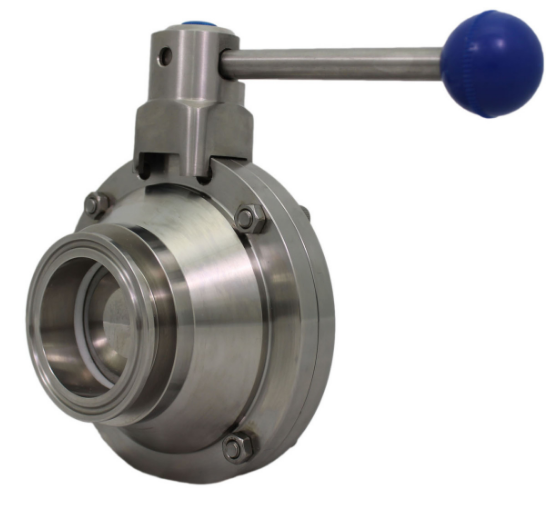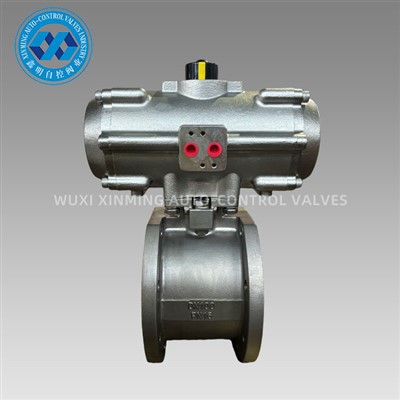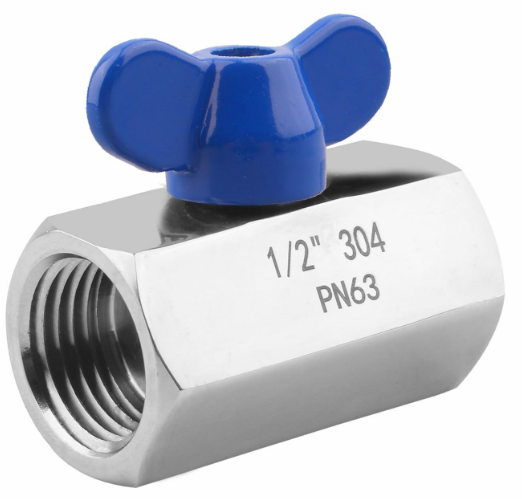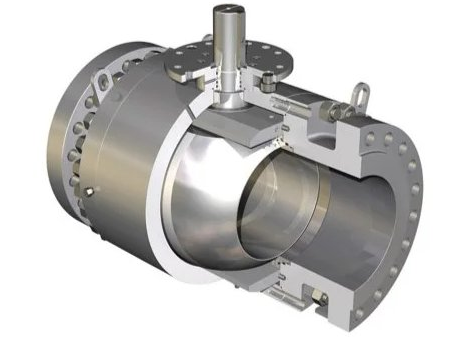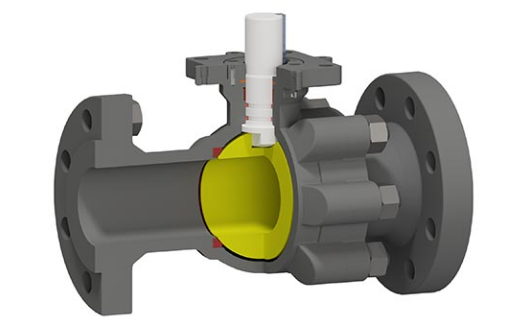Abstract
Pneumatic linear actuators are widely used in industrial automation, robotics, and motion control systems due to their simplicity, high force-to-weight ratio, and rapid response. These actuators convert compressed air energy into linear motion, making them ideal for repetitive, high-speed operations in harsh environments. This article examines the working principles, design variations, control strategies, and key applications of pneumatic linear actuators, while addressing challenges such as energy efficiency and precision control.
1. Introduction
Pneumatic linear actuators are essential components in automation, offering advantages over hydraulic and electric counterparts, including:
- High power density – Capable of generating significant force in compact designs.
- Fast response times – Suitable for high-cycle applications (e.g., pick-and-place, clamping).
- Durability – Operate reliably in dusty, wet, or explosive environments.
- Cost-effectiveness – Lower initial and maintenance costs compared to servo motors.
However, limitations such as air compressibility, nonlinear dynamics, and limited positional accuracy necessitate advanced control techniques for precision applications.
2. Working Principle
A pneumatic linear actuator consists of:
- Cylinder barrel – Houses the piston and compressed air.
- Piston & rod – Converts air pressure into linear motion.
- Seals & bearings – Prevent leakage and reduce friction.
- Air ports – Inlet/outlet for pressurized air supply.
Actuation Modes:
- Single-acting – Air pressure moves the piston in one direction; a spring returns it.
- Double-acting – Air pressure drives motion in both directions for bidirectional control.
3. Design Variations
3.1. Rod-Type Actuators
- Standard cylinders – Common in industrial automation (e.g., Festo, SMC).
- Telescopic cylinders – Provide extended stroke lengths in confined spaces.
3.2. Rodless Actuators
- Band/Magnetic-coupled designs – Eliminate rod bending issues for long strokes.
- Linear slide actuators – Integrated guidance for precise motion.
3.3. Compact & Miniature Actuators
- Used in medical devices, semiconductor handling, and small-scale automation.
4. Control Strategies
4.1. On/Off (Bang-Bang) Control
- Simple solenoid valves for binary positioning (fully extended/retracted).
4.2. Proportional Pressure Regulation
- Servo-pneumatic valves – Enable intermediate positioning via PID control.
- MPC (Model Predictive Control) – Compensates for air compressibility delays.
4.3. Hybrid Electropneumatic Systems
- Combine pneumatic force with electric precision (e.g., stepper-driven cylinders).
5. Industrial Applications
5.1. Manufacturing Automation
- Clamping & Ejection – High-speed molding and stamping.
- Material Handling – Conveyor systems and robotic end-effectors.
5.2. Automotive & Aerospace
- Brake testing rigs – Simulate dynamic loads.
- Aircraft landing gear – Redundant actuation for safety.
5.3. Packaging & Food Processing
- Hygienic, corrosion-resistant actuators for cleanroom environments.
5.4. Robotics & Collaborative Systems
- Soft robotics – Compliant gripping with adaptive force control.
- Exoskeletons – Lightweight assistance for human motion.
6. Challenges & Future Trends
6.1. Energy Efficiency
- Air recovery systems – Reduce waste in exhaust cycles.
- Smart valves – Optimize airflow based on load demand.
6.2. Precision & Feedback Integration
- Embedded position sensors (LVDT, Hall-effect) for closed-loop control.
- AI-based predictive maintenance – Detect seal wear or leakage early.
6.3. Smart Materials & Additive Manufacturing
- 3D-printed lightweight cylinders – Custom geometries for niche applications.
- Self-lubricating polymers – Extend service life in abrasive conditions.
7. Conclusion
Pneumatic linear actuators remain indispensable in industrial automation due to their robustness, speed, and cost advantages. Advances in control algorithms, energy recovery, and smart materials are expanding their role in high-precision applications, bridging the gap between traditional pneumatics and modern mechatronics.
If you want to learn more about low-priced products, please visit the following website: www.xm-valveactuator.com







